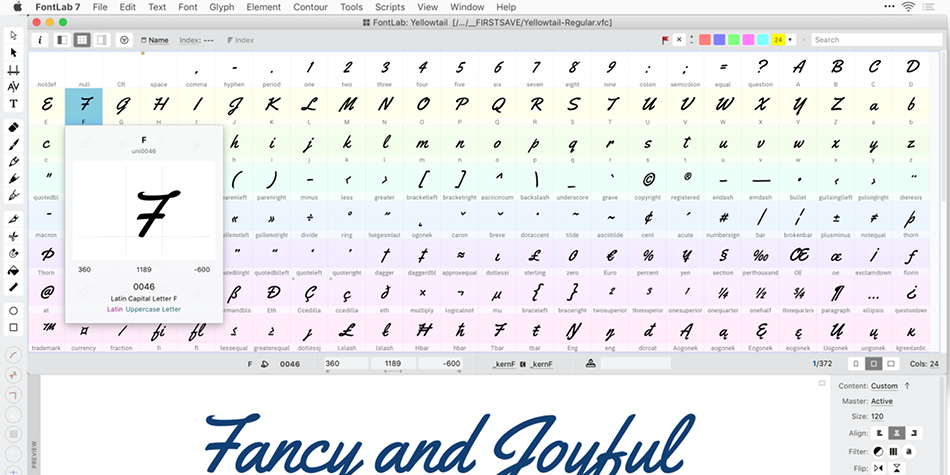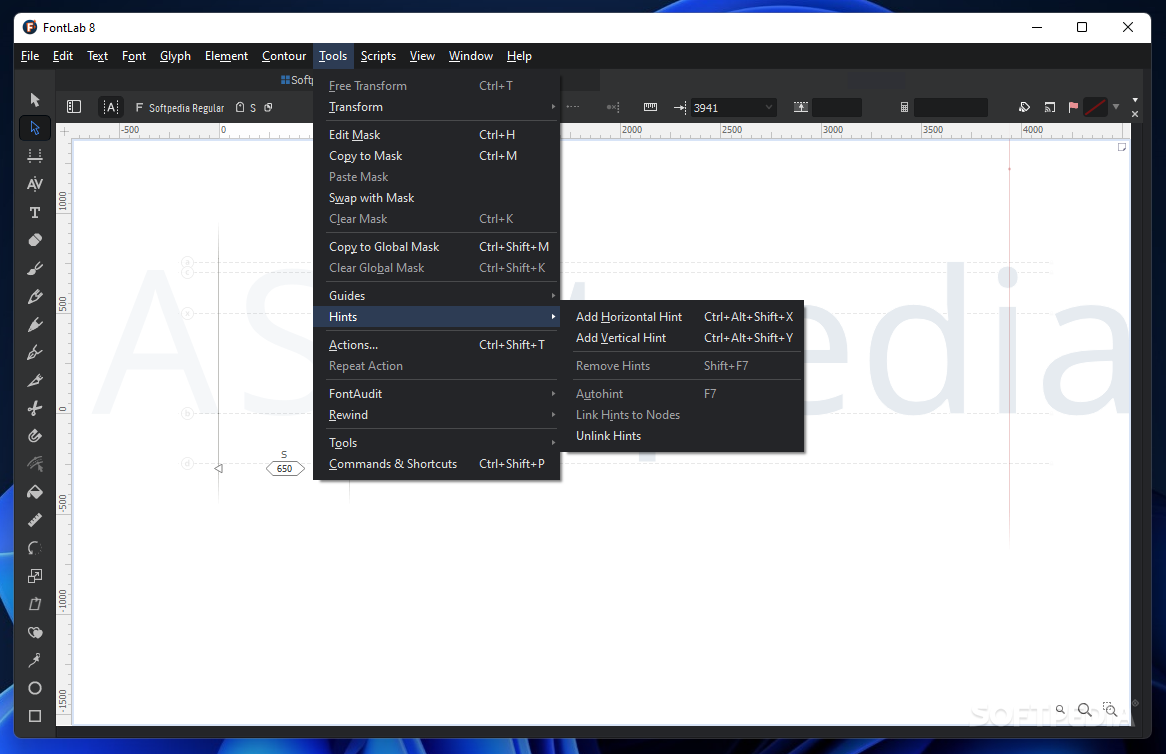
This book covers all aspects of MMIC design, layout, and fabrication. Steve Marsh has worked for many years developing MMIC circuits and is now sharing his knowledge and experiences by preparing this excellent book for the engineer. With technology advances, the electrical engineer must keep himself updated to the latest needs of the marketplace. At millimeter wave frequencies, with the small wavelengths, the MMIC circuit is the primary vehicle to realize practical integrated circuits. MMICs have replaced discrete designs, except for low volume specialty circuits, as well as very high power applications at RF and microwave frequencies. MMIC circuits show reduced size and cost with higher reliability to meet the needs of today’s markets.

Due to significant R&D funding, innovations, processing advancements and electronic circuit developments, the Microwave Monolithic Integrated Circuit (MMIC) has now become commonplace, replacing many discrete circuits with individual transistors, resistors, capacitors, inductors and element interconnections. Resistive Metal Low-Dielectric-Constant Layer Second Interconnect Metal Dielectric Encapsulation and Saw/Scribe Lane Definitionįoreword This book is a valuable aid to the modern microwave engineer. Gate Contacts First Interconnect Metal High-Dielectric-Constant Layer

Typical MMIC Photolithographic Steps Device Isolation Ohmic Contacts Layout Versus Schematic Reverse EngineeringĬhip Arraying Chip Identifiers Arraying Guidelines Yield Improvement What Is the MMIC Yield?ĭesign Rule Checking Electrical Rule Checking Millimeter-Wave Circuits High-Frequency Effects Logarithmic Amplifiers Darlington Pair Amplifiers Loaded-Line Phase Shifters Switched-Delay-Line Phase Shifters Switched-Filter Phase ShiftersĬircuits with Digital Application Prescalers Radial Stubs Couplers, Splitters, and CombinersĪmplifiers Initial Considerations Small-Signal Amplifiers Passive Elements Open Circuit and Short Circuit Stubs T and Pi Matching Circuits Curves of Constant Q-factor Circles of Constant Performance
#Fontlab 5.1.3 series
Matching Smith Chart Converting Impedance to Reflection CoefficientĬonverting Impedance to Admittance Deriving the Conjugate Impedance Transforming a Load Impedance Along a Lossless Transmission LineĪddition of Series Reactive and Shunt Susceptance Lumped Elements Passive Component Models Capacitors InductorsĪctive Component Models FET Model HBT Model Model Development Linear Simulation Nonlinear Simulation 2D, 2.5D, and 3D Electromagnetic Simulation The s-parameters Component Characterization MMIC Production Costs Defect Densities References

Using a Foundry Agreements and Discussionsĭelivery of Design Data Circuit Design Design Review Passive Components Diodes Transmission Lines

Use of a term in this book should not be regarded as affecting the validity of any trademark or service mark.įor my family, wife Sue, and sons Sam, Jon, and Toby Artech House cannot attest to the accuracy of this information. All terms mentioned in this book that are known to be trademarks or service marks have been appropriately capitalized. No part of this book may be reproduced or utilized in any form or by any means, electronic or mechanical, including photocopying, recording, or by any information storage and retrieval system, without permission in writing from the publisher. Printed and bound in the United States of America. 685 Canton Street Norwood, MA 02062Īll rights reserved. Library of Congress.īritish Library Cataloguing in Publication Data A catalogue record for this book is available from the British Library. Library of Congress Cataloging-in-Publication Data A catalog record for this book is available from the U.S. For a complete listing of the Artech House Microwave Library, turn to the back of this book.


 0 kommentar(er)
0 kommentar(er)
